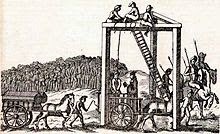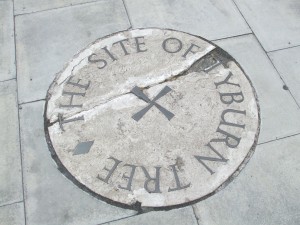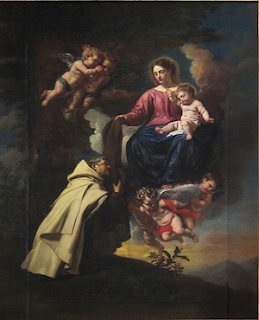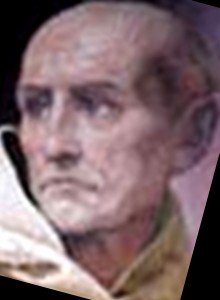The Siege of Christendom In the formation of Christendom, its economic and social structure, under the influence of the Catholic Church, the next period after the first foundational one (of five hundred years) is another , also roughly five hundred years; from approximately the year 500 to about the year 1000 . It is a period of five centuries-the 6th,7th,8th,9th and 10th-which have been commonly called the “The Dark Ages,” but which may more properly be called “The Siege of Christendom.” It was the period during which the Graeco-Roman Empire, already transformed by Catholicism, fell into peril of destruction at the hands of exterior enemies. It was assaulted from the north, from the east, and from the southeast in two separate fashions. Hordes of wholly pagan barbarians, some issuing from Scandinavia, many Mongols, many Slavs, fiercely thrust at the boundaries of Christendom with the hope of looting it as their prey and therefore ruining it. These between them formed the easter






















